Hemlock Tree
- November 14, 2023
- 0 comment
The hemlock tree, belonging to the genus Tsuga, is a coniferous evergreen that encompasses several species native to North America and Asia. Known for its graceful, pyramidal shape and finely textured needles, the hemlock is a vital component of many temperate forests.

In North America, the Eastern Hemlock (Tsuga canadensis) and Western Hemlock (Tsuga heterophylla) are prominent species. These trees can reach impressive heights, with some specimens exceeding 200 feet. The needles are typically short and flat, radiating from the twigs in a distinctive arrangement.
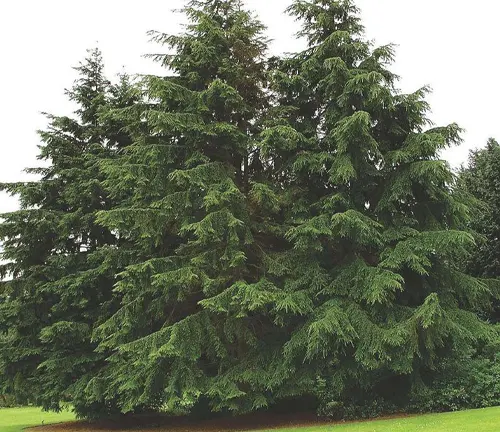
Hemlocks also produce small, cone-like structures containing seeds. Beyond their aesthetic appeal, hemlock trees play a crucial ecological role, providing habitat for various wildlife and contributing to forest biodiversity. However, hemlocks face threats from pests like the invasive hemlock woolly adelgid, which can cause widespread damage. Efforts to preserve and protect these majestic trees are ongoing, recognizing their ecological importance and cultural significance.
| Characteristics | Description |
| Genus | Tsuga |
| Common Species | Eastern Hemlock (Tsuga canadensis), Western Hemlock (Tsuga heterophylla) |
| Type | Coniferous Evergreen |
| Shape | Pyramidal |
| Height | Exceeds 200 feet in some specimens |
| Needles | Short, flat, finely textured |
| Cone Structure | Small, cone-like containing seeds |
| Ecological Role | Vital component of temperate forests, contributes to biodiversity, provides wildlife habitat |
| Threats | Vulnerable to pests like the hemlock woolly adelgid |
| Conservation Efforts | Ongoing to preserve and protect hemlock populations |
| Cultural Significance | Recognized for both ecological importance and cultural value |
Botanical Beauty of Hemlock Tree
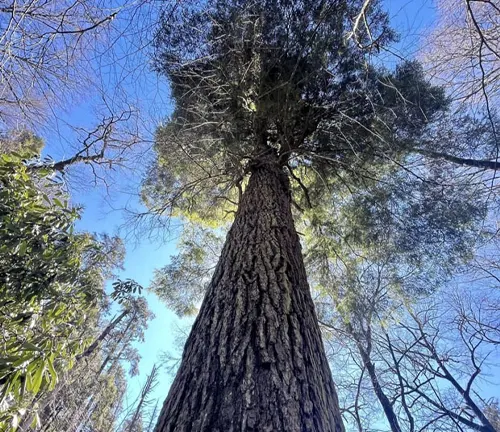
The Hemlock tree, a member of the Tsuga genus, stands as a botanical masterpiece in the world of coniferous evergreens. Its allure lies not only in its impressive height, often exceeding 200 feet, but also in the delicate elegance of its pyramidal shape. The finely textured needles, arranged symmetrically along the twigs, contribute to the tree’s overall aesthetic appeal. The Hemlock’s botanical beauty graces temperate forests, where it plays a vital role in the natural tapestry of the environment.
Woodland Elegance
In the realm of woodland elegance, the Hemlock tree reigns supreme. The Eastern Hemlock (Tsuga canadensis) and Western Hemlock (Tsuga heterophylla) species, native to North America and Asia, boast a graceful demeanor that enhances the visual charm of their surroundings. These trees create a serene atmosphere, their pyramidal silhouettes lending a touch of sophistication to the diverse ecosystems they inhabit.
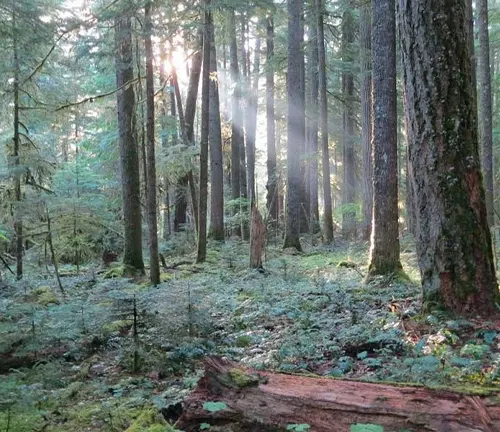
Ecological Importance
Beyond its visual appeal, the Hemlock tree holds significant ecological importance. Acting as a cornerstone species in temperate forests, it provides critical habitat for various wildlife. The dense branches and foliage offer shelter for birds and mammals, contributing to the overall biodiversity of the ecosystem. The Hemlock’s presence in these habitats is integral to maintaining the delicate balance of the natural world.
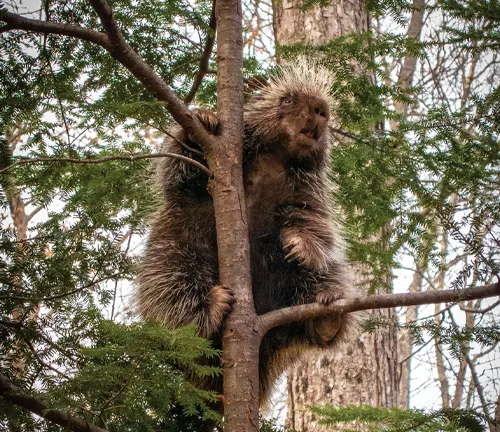
Cultivation and Conservation
Cultivating and conserving the Hemlock tree has become a mission of paramount importance. Unfortunately, these majestic trees face threats from pests such as the invasive hemlock woolly adelgid. Conservation efforts are underway to protect and preserve these vital components of our forests, recognizing the need to ensure the continued health of Hemlock populations for future generations.
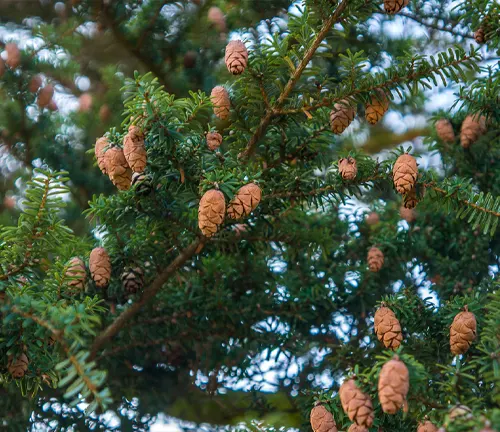
Fragrance
One cannot discuss the Hemlock tree without acknowledging its distinctive fragrance. The scent emanating from the needles is a delightful blend of earthiness and pine, creating a sensory experience that adds to the overall charm of the tree. A walk through a forest populated by Hemlocks is a fragrant journey, heightening the connection between nature and admirer.
Soil Stabilization
The Hemlock tree’s roots play a crucial role in soil stabilization. With their extensive root systems, Hemlocks help prevent soil erosion, particularly in hilly or mountainous terrain. This natural stabilizing effect contributes to the overall health of the ecosystem, ensuring the longevity of the trees and the stability of the surrounding landscape.
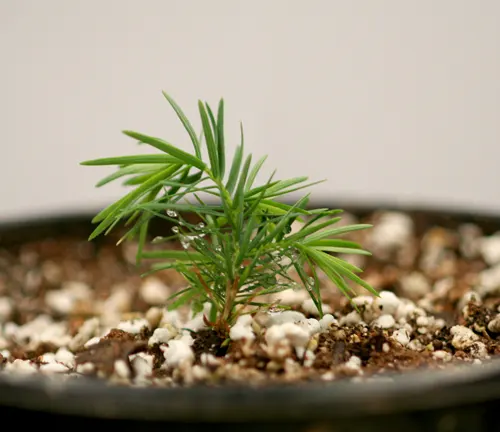
Common Uses
The versatility of the Hemlock tree extends to its common uses. The wood, characterized by its straight grain and moderate density, is utilized in various applications. Historically, Hemlock timber has been sought after for construction purposes, including the crafting of beams and planks. The wood’s durability and resistance to decay make it a valuable resource in the woodworking industry.
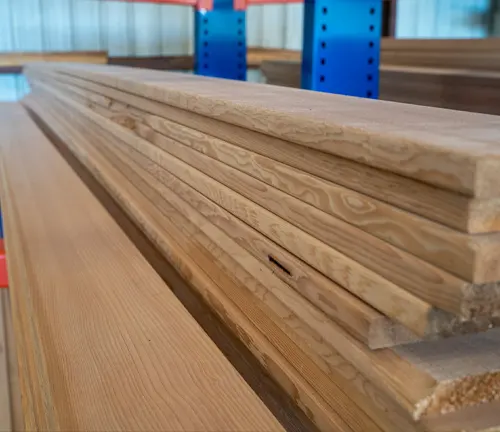
Benefits
The benefits of the Hemlock tree extend beyond its aesthetic and utilitarian value. From providing oxygen through photosynthesis to supporting wildlife habitats and stabilizing soil, the Hemlock contributes significantly to the health and balance of ecosystems. Recognizing and understanding these benefits underscores the importance of continued efforts to protect and preserve these remarkable trees.
Different Species
Eastern Hemlock
(Tsuga canadensis)
Native to eastern North America, from southern Canada to the Appalachian Mountains in the United States, the Eastern Hemlock is a large, long-lived tree. It is characterized by its feathery, dark green needles and drooping branches.
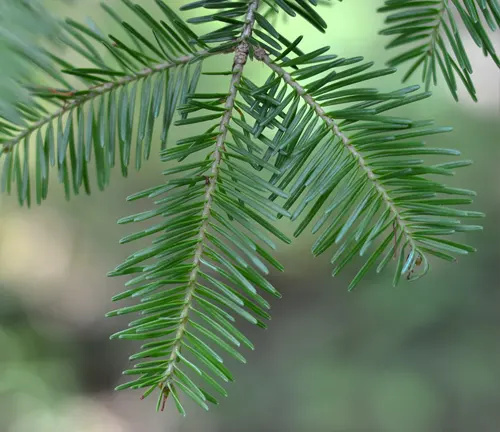
Western Hemlock
(Tsuga heterophylla)
Found along the western coast of North America, from Alaska to northern California, the Western Hemlock is the largest species of Hemlock. It has shorter needles that are somewhat variable in length and tends to grow in moist, cool climates.
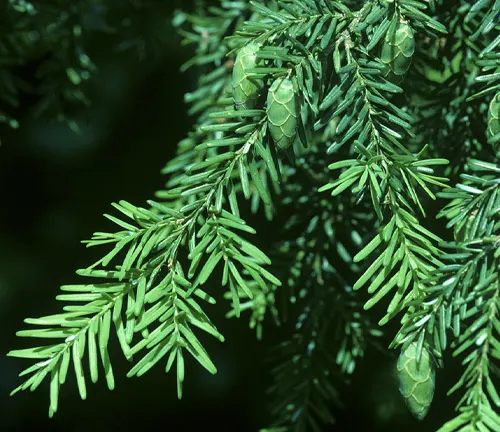
Carolina Hemlock
(Tsuga caroliniana)
Endemic to the southeastern United States, the Carolina Hemlock is a smaller species compared to its relatives. It is typically found in the Appalachian Mountains and has needles arranged in a spiraled fashion around the twigs.
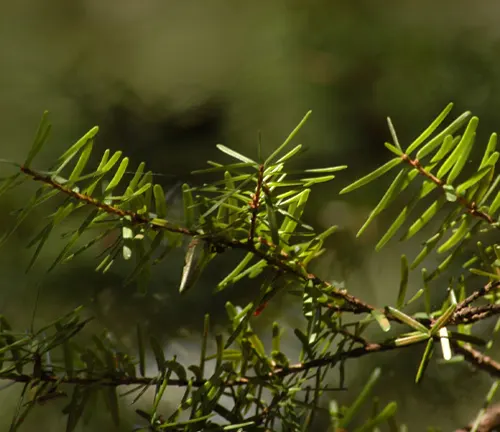
Mountain Hemlock
(Tsuga mertensiana)
Native to the mountainous regions of western North America, from Alaska to northern California, the Mountain Hemlock thrives in high elevations. It is adapted to harsh alpine conditions and has shorter needles compared to some other Hemlock species.
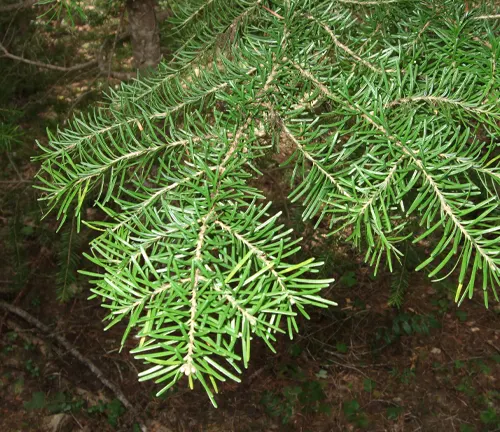
Japanese Hemlock
(Tsuga sieboldii)
Indigenous to Japan, this species of Hemlock is notable for its smaller size and more compact form. It is often found in mountainous regions and is valued for its ornamental qualities.
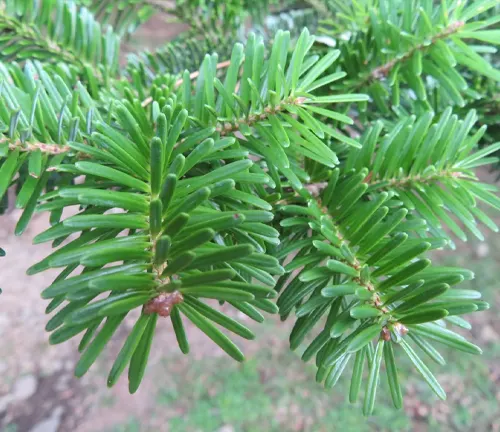
Himalayan Hemlock
(Tsuga dumosa)
Native to the eastern Himalayas, this Hemlock species grows in high-altitude regions. It is characterized by its slender, pendulous branches and glossy green needles.
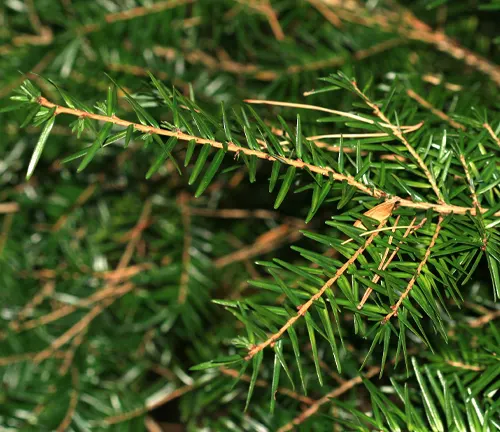
Frequently Asked Questions (FAQs)
- What is a Hemlock tree?
A Hemlock tree is an evergreen conifer belonging to the genus Tsuga. There are various species of Hemlocks, and they are known for their tall, pyramidal shape and finely textured needles. - Where are Hemlock trees found?
Hemlock trees are found in different parts of the world, including North America and Asia. Species like the Eastern Hemlock are native to eastern North America, while the Western Hemlock is found along the western coast of North America. - What are the key features of Hemlock trees?
Hemlock trees are characterized by their pyramidal shape, finely textured needles, and cone-like structures that contain seeds. They are often tall, with some specimens exceeding 200 feet. - Why are Hemlock trees ecologically important?
Hemlock trees are ecologically important as they provide critical habitat for wildlife, contribute to forest biodiversity, and play a role in soil stabilization. They are integral components of temperate forests. - What are the threats to Hemlock trees?
One significant threat to Hemlock trees is the invasive hemlock woolly adelgid, a pest that can cause widespread damage. Conservation efforts are underway to address this threat and protect Hemlock populations. - Can Hemlock trees be cultivated?
Yes, Hemlock trees can be cultivated, and they are often used in landscaping for their ornamental value. However, cultivation efforts should consider the specific needs of each Hemlock species. - What is the fragrance of Hemlock trees?
Hemlock trees are known for their distinctive fragrance, which is a pleasant blend of earthiness and pine. The scent is often experienced when walking through a forest populated by Hemlocks. - How are Hemlock trees used?
The wood of Hemlock trees is valued for its straight grain and moderate density. It has been historically used in construction for beams and planks. Additionally, Hemlocks contribute to the lumber and woodworking industries. - Are there different species of Hemlock trees?
Yes, there are several species of Hemlock trees, including the Eastern Hemlock, Western Hemlock, Carolina Hemlock, Mountain Hemlock, Japanese Hemlock, and Himalayan Hemlock, each with its unique characteristics and distribution. - What are the benefits of Hemlock trees?
Hemlock trees provide a range of benefits, including oxygen production, support for wildlife habitats, soil stabilization, and contributions to overall ecosystem health. Recognizing and understanding these benefits is crucial for conservation efforts.


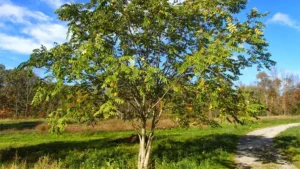
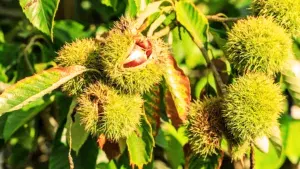
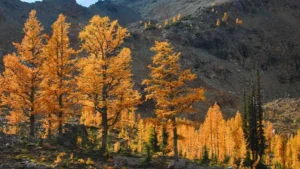
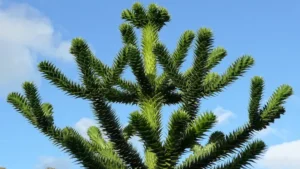
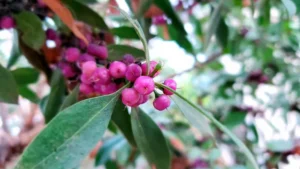
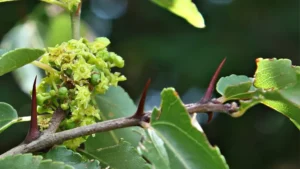
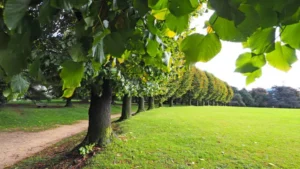

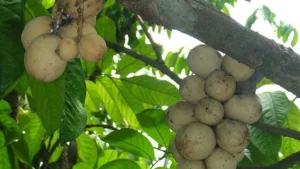

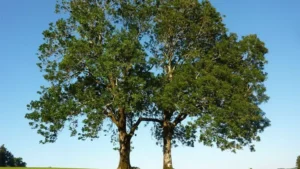
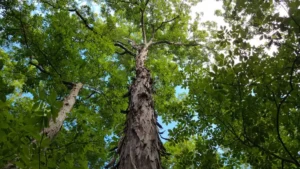
Leave your comment